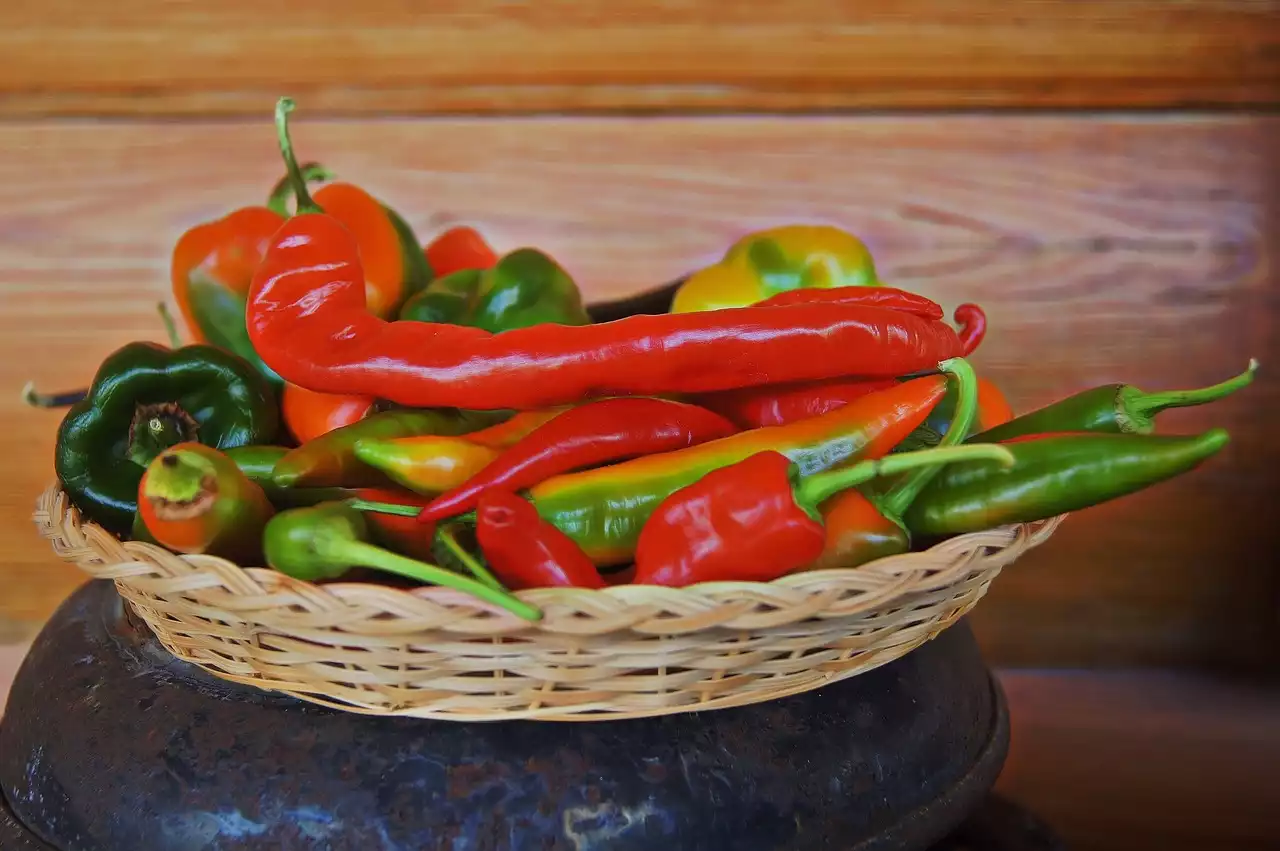Mexican cuisine is known for its vibrant colors, bold flavors, and rich cultural history. But did you know that the cuisine of Mexico is actually incredibly diverse, with different regions offering their own unique ingredients, cooking techniques, and culinary traditions? In this article, we'll take you on a culinary journey through the different regions of Mexico and introduce you to some of the most beloved regional dishes and flavors. From the spicy chiles of Central Mexico to the fresh seafood of Baja California, you're sure to discover something new and delicious.
The Regions of Mexican Cuisine
To truly understand the diversity of Mexican cuisine, it's helpful to start by looking at the different regions of the country. Each region has its own set of flavors, ingredients, and culinary traditions that have been shaped by its geography, climate, and history. Here are the main regions of Mexican cuisine and what makes each one unique:
Northern Mexico
The cuisine of Northern Mexico is characterized by its focus on meat, especially beef and goat, and flour-based tortillas. Grilling and smoking are common cooking methods, and hearty stews and soups are popular during the colder months. Some signature dishes from the region include carne asada, machaca, and flour tortilla burritos. The cuisine of Northern Mexico is heavily influenced by ranching and cowboy culture, with simple and hearty dishes that reflect the rugged and wild landscape.
Central Mexico
Central Mexico, and especially Mexico City, is known as the culinary hub of the country. The cuisine here is characterized by spicy sauces, masa-based dishes, and slow-cooked meats. Ingredients like chiles, garlic, and onions are commonly used, as are herbs and spices like epazote and Mexican oregano. Some signature dishes from the region include chiles en nogada, mole poblano, and pozole. The cuisine of Central Mexico reflects a fusion of indigenous and Spanish culinary traditions, with a rich history and complex flavor profiles.
Southern Mexico
The cuisine of Southern Mexico is known for its complex and flavorful moles, as well as its use of tropical ingredients like plantains, yucca, and seafood. Corn-based dishes like tamales and tortillas are staples, and chili peppers are used for both heat and flavor. Some signature dishes from the region include mole negro, tamales de chipilín, and ceviche. The cuisine of Southern Mexico is heavily influenced by indigenous cultures and the abundant fruits and vegetables that grow in the region's tropical climate.
Baja California
The cuisine of Baja California is a unique fusion of Mexican and Californian flavors, with an emphasis on fresh seafood, wine, and artisanal ingredients. Fish tacos, lobster burritos, and ceviche tostadas are popular dishes, as are grilled meats and local wines. The cuisine of Baja California reflects the region's coastal location and proximity to California, with a focus on simple, fresh, and innovative dishes.
Yucatan Peninsula
The cuisine of the Yucatan Peninsula is known for its slow-roasted pork, citrus fruits, and achiote paste. Ingredients like habanero peppers, bitter oranges, and papayas are commonly used, and dishes are often served with a variety of salsas and pickled vegetables. Some signature dishes from the region include cochinita pibil, sopa de lima, and papadzules. The cuisine of the Yucatan Peninsula reflects the influence of Mayan culture and the tropical fruits that are abundant in the region.
Where to Try Regional Mexican Cuisine
If you're eager to explore the regional flavors of Mexican cuisine, there are many places where you can try authentic dishes from each of the different regions. Here are some tips for seeking out regional Mexican cuisine:
- Look for restaurants that specialize in regional cuisine or that have chefs from the different regions of Mexico.
- Visit local markets and street vendors, where you can find traditional dishes made by locals.
- Do some research on the local specialties of the region you're visiting, and seek out dishes that are not widely available in other parts of the country.
- Talk to locals and ask for recommendations for the best places to try regional dishes.
It's important to keep in mind that regional Mexican cuisine is deeply rooted in cultural history and traditions. When you try regional dishes, take the time to appreciate the ingredients, techniques, and stories behind them. Food is not just fuel, but a reflection of the people, places, and cultures that produce it.
Conclusion
Exploring the regional flavors of Mexican cuisine is a delicious and eye-opening experience. From the grilled meats of Northern Mexico to the complex moles of Southern Mexico, each region has its own unique set of flavors and culinary traditions. By seeking out authentic regional dishes and appreciating the cultural heritage behind them, you can gain a deeper understanding of Mexican cuisine and the diverse cultures that make it so special. So, whether you're traveling to Mexico or simply trying out new recipes at home, don't be afraid to explore the many flavors of this vibrant and delicious cuisine.










